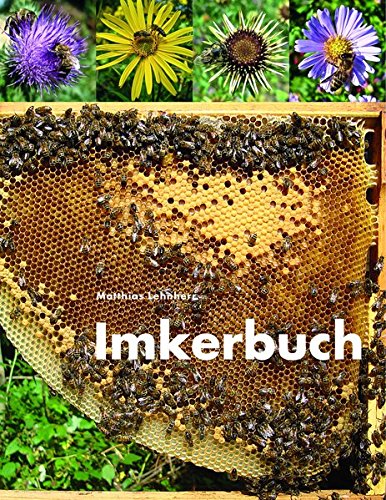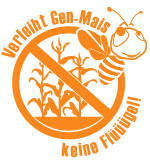| Abstract |
Honey is a viscous, supersaturated sugar solution derived from nectar, and gathered and modified by the honeybee, Apis mellifera [1]. It has been used as a traditional medicine for centuries by different cultures. Honey possesses antimicrobial properties against a broad range of microbes, and promotes wound healing [2]. In the present study, after a first elimination of sugars, the chemical profile of 10 Greek monofloral honeys (e.g. thyme, chestnut, fir honeydew, pine, orange, heather, strawberry tree) was investigated by HPTLC, which permits the automatic, rapid and low cost evaluation of complex herbal mixtures. Furthermore, their radical scavenging activity was tested with the aid of a DPPH assay. Two honey samples, a strawberry tree and a heather honey, were further processed, and major compounds were purified by MPLC. Unedone was obtained from strawberry tree honey and the flavonoids quercitrin and naringenin from heather honey, while two isomers of abscisic acid (cis, trans-ABA and trans, trans-ABA) were isolated from both samples. Subsequently, raw honeys and pure compounds were evaluated for their ability to inhibit the matrix metalloproteinases collagenase and elastase. Both raw honey samples and pure compounds exerted moderate inhibitory activity on the tested enzymes. More specifically, strawberry tree and heather honey samples (100 µg/mL) inhibited elastase 62.4% and 56.1% and collagenase 54.3% and 50.6%, respectively. The isolated compounds tested at 100µM exerted 56.7% and 46.3% (unedone), 45.2% and 48.5% (quercitrin), 38.1% and 45.7% (naringenin) inhibitory potency against elastase and collagenase, respectively. The abscisic acid isomers didn't appear to be potent inhibitors against both enzymes. Spectrophotometric methods were used to determine the enzymatic activity. Elastase and collagenase are implicated in the wound healing process and their overexpression and activation is thought to be involved in the pathogenesis of chronic wounds. Improving basic knowledge in this area ultimately may help clarify the role of honey in the wound healing mechanism and proactively intervene in an effort to prevent normal wounds from becoming chronic. |
 Lehnherr, Mathias (8. Aufl. 2017) [1992]: Imkerbuch
Lehnherr, Mathias (8. Aufl. 2017) [1992]: Imkerbuch

